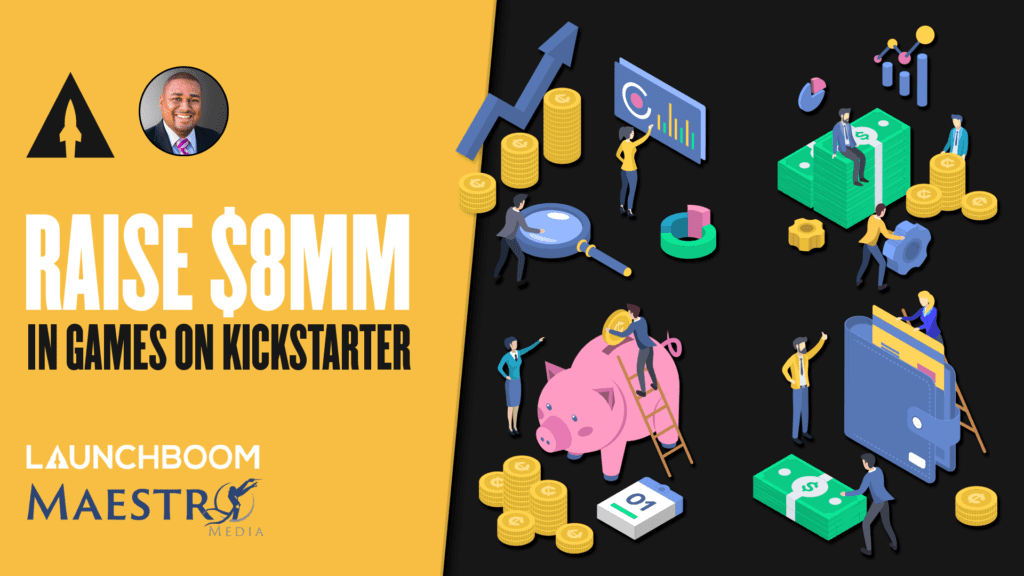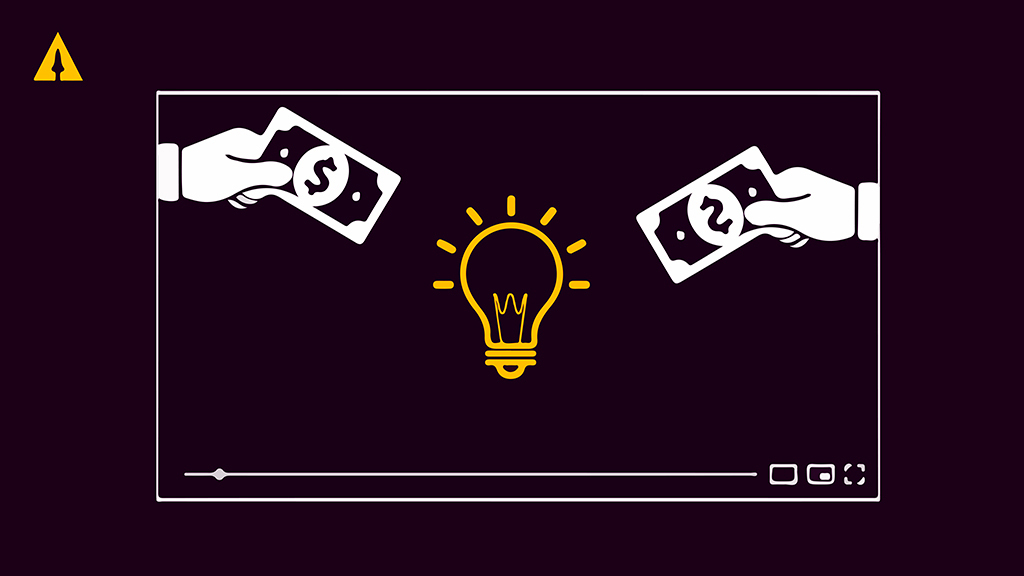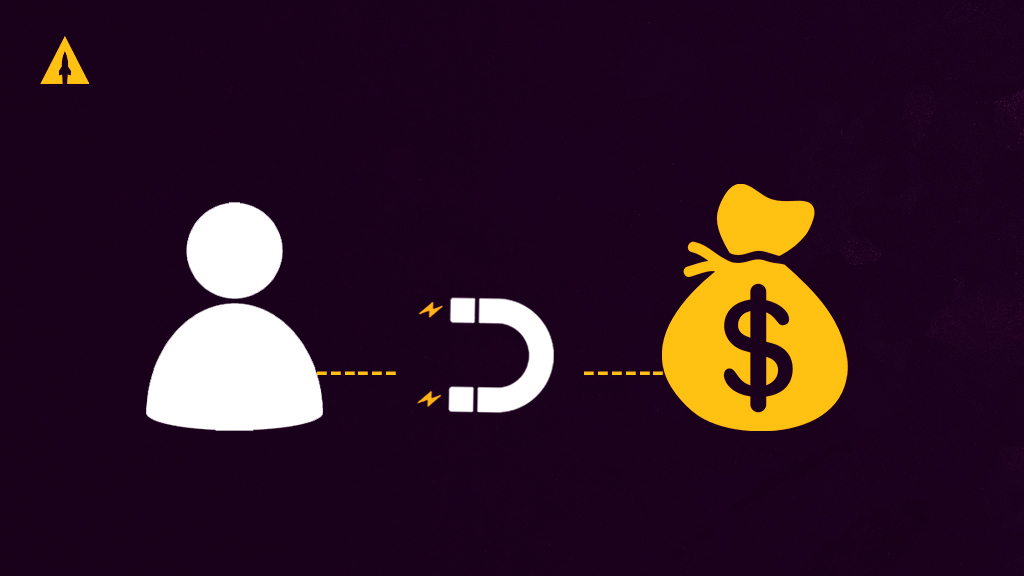
Not everyone can raise $8 million in games on Kickstarter, but Javon Frazier of Maestro Media has done it. He’s launching a new game on Kickstarter today, and in celebration, we’re giving you a behind-the-scenes look at what it took to get him to where he is!
Contents
Background
Javon got his start in entertainment working in marketing for Marvel’s video games and television departments. He left the company after nearly a decade and eventually founded Maestro Media. Maestro Media handles board game production, from product development to marketing to distribution. Their vision is to work with top game creators to build out brands for their games and related products. Maestro Media has worked with several well-known game launches including Joking Hazard with Cyanide and Happiness and The Binding of Isaac: Four Souls with Edmund McMillen.
Javon’s philosophy is that crowdfunding can be used to build community and spread fun. This has especially been true during the pandemic, when Maestro Media helped launch MicMillen’s Tapeworm, a family-friendly game that can be played in a short amount of time.
Choosing a platform
While there are a lot of things to consider when launching a new product through crowdfunding, few are more important than which platform you’ll use. If you’re launching a game, though, the decision is simple: use Kickstarter.
Kickstarter has built a large community around games, which means that the platform has a huge audience always on the lookout for the best and newest launch. Kickstarter has helped creators raise over a billion dollars in tabletop games, including $237 million in 2020 alone. What’s more, 20,000 games have successfully launched through Kickstarter. Out of the 4,500 games launched there in 2020, 3,100 were successful. Given numbers like these, it’s not hard to see why games should be launched on Kickstarter over every other platform.
While choosing to launch on Kickstarter is important, it’s not the only thing you need to do to ensure success. There’s more you have to do to set yourself up for a good launch.
Community
If you want to succeed, you need to get your community behind you—and you need to bring them to your campaign. Kickstarter may be your destination, but it can’t be your starting place if you want to hit your funding goal, let alone blow it out of the water. Kickstarter will bring you around a 20% lift based on their audience, but you can’t depend solely on that to meet your goal.
So how do you build that community?
The first thing to know is that you have to start your community-building long before you launch your campaign. There are a lot of steps involved in building a successful community, but one of the most important parts is identifying the part of the games community that you want to target. Do you have a card game or a board game? Is it a casual game that can be played in half an hour or is it a more intense, large-scale game that can’t be put away for days? Do you have figurines that go with your game? (Figurines have a big audience—sometimes great figurines can get a launch to blow past its funding goal!)
Build your email ist
Another important tool in building your community is the same in the games category as for every other launch that LaunchBoom does: building your pre-launch email ist. Getting people to commit will give you an idea of how many people will back you on launch day, giving you the LaunchBoom effect that can slingshot your campaign past its funding goal right away (and which can then be leveraged into more and more traffic to your campaign page).
When Javon worked with The Binding of Isaac: Four Souls campaign, everyone who signed up for their pre-launch email list and backed the campaign got two extra cards. Offering that kind of incentive can get people to not just commit, but to actually follow through. Giving away something that’s exclusive to the campaign is extremely enticing!
Nurture your community
So you’ve built your community. Now what?
Well, before you launch, you need to engage and nurture your community. Whether you do this on social media, through email, or on your website, you need to make sure that you’re engaging with the people who have expressed interest in your game.
One key way to engage your fans that will make your game better in the long run is to ask for feedback. Asking for and then implementing feedback from your community shows the people following you that you’re listening to them and taking what they say seriously, and it also makes your final product something that more people will be interested in, since it’s a more complete, thought-out product.
Engaging with your community will also help you gain community champions. These are your true superfans—the people who will interact with other fans in your community, hype you up, and help convince others to back your game. The more you engage with your community, the most committed to your campaign your champions will become.
Another key way to engage with your community is to get reviews. Reviews are a key way to build trust in your company and your game, which will help backers feel more comfortable supporting your campaign.
Live campaign
There are three things to remember during your live campaign: communication, communication, communication.
You want to be in frequent communication with your backers and the people who signed up to your email list but haven’t backed yet. Your communication should be varied and interesting. Tell people about different aspects of the campaign; let them know about cool features or Kickstarter-only elements, if you have them. What cool reveals do you have? How is your game getting bigger and better as you go? Remember to always include a call to action in each communication so they have easy access to buy your game.
Game campaigns give you a great opportunity to riff on your product throughout the campaign, which is something that’s difficult to do in other kinds of campaigns. With games, you can add special pieces, change and upgrade materials, or offer alternate modes of play or rulebooks. You can gamify that process, too: if we raise X amount, then we’ll unlock this special feature. Leveraging the games community’s excitement about gaming in general will help you raise more for your game!
Challenges of launching a game on Kickstarter
Kickstarter is a great place to launch a game, but there are some challenges to crowdfunding a game, too. Knowing about these challenges ahead of time can help you plan for how to handle them.
One of the risks associated with crowdfunding is that you might get negative reactions from your backers. It might be about small things in your game; it might be about big elements. It’s important to see these negative comments as forms of feedback; they might be pointing out things that you can improve upon to make everyone’s experience better. It’s also important to address the negative feedback instead of ignoring it! Other potential backers might make their decision on whether or not to back your game based on how you interact with both positive and negative reactions.
Interactions that create positive feedback
As we said before, launching a game on Kickstarter really gives you the opportunity to do some creative things. When Javon was running The Binding of Isaac: Four Souls campaign, they had a wacky idea: what if, in the spirit of the game, they offered a high-price tier where ten fans could purchase an actual gravestone with their name and have it displayed in founder McMillen’s backyard? It seemed zany, but the tier sold out immediately to ten superfans of the game. Not only did it give ten fans the opportunity to get this fun tie-in for the game, it also created buzz around the campaign and within the community.
It probably won’t make sense for your game to offer that exact tier, but going outside the box for things that relate to your game in some way is a great way to have fun with your campaign and further engage your superfans. Launching a game on Kickstarter won’t work without a community! The more ways you can think of to engage your fans, the better your campaign will do—and the more fun you’ll have doing it.
The largest benefit to off-the-wall things like this, though, is that you’re turning your superfans into lifelong customers. They’ll back future projects; they’ll buy multiple copies of your game. They will also spread the word about your game and get other people to purchase it. If you do it right, Kickstarter is only the beginning of your game’s life cycle. Your aim should be to build a brand around your game. Doing so will sustain you for much longer than one Kickstarter campaign.
Proof is in the pudding
Javon is living proof that these strategies work. With more than $8 million raised on Kickstarter, a brand that’s selling his ultra-popular games, and a new campaign launching today, he’s put in the work and is now seeing the benefits of doing so.
These strategies can be used to launch many different kinds of games on Kickstarter, and one creator can use the same playbook for game after game. It’s like anything else in crowdfunding: it just takes dedication, work, and time.
Want to see what Javon’s newest campaign looks like, the reward tiers he’s offering, and how much he’s raised so far? Check out The Binding of Isaac: Four Souls Requiem on Kickstarter!



